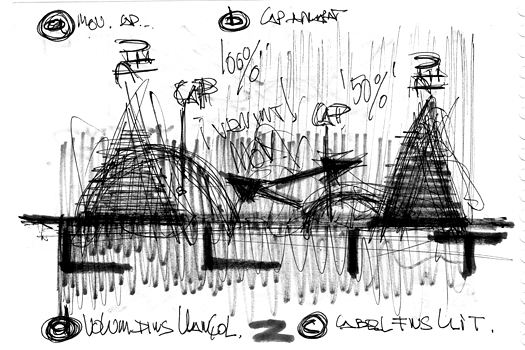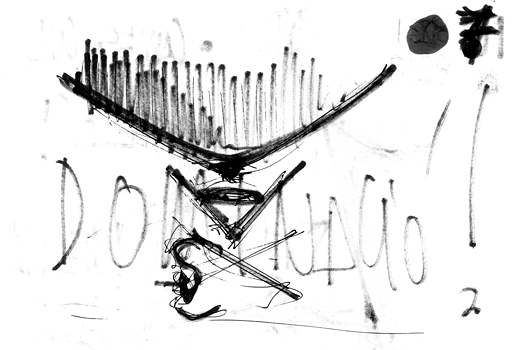• PHotoEspaña 2016 Festival | Discoveries Week PHE portfolio reviews | may 30 - june 3 | Madrid
• Art Photo Bcn 2016 Festival | portfolio reviews | may 27-29 | Barcelona
• Arte a un click | Showroom | 2016 may 26
• PH21 Gallery | Collective Exhibition | 2016 may 5-31 | Budapest (HU)
_
Solemos soñar durante la fase REM (Rapid Eye Movement) del sueño, mientras nuestro cuerpo está paralizado: el cerebro produce Glicina y GABA, dos químicos que inhiben el movimiento de la mayoría de nuestros músculos, apagando funciones motoras para evitar que representemos los sueños y nos lesionemos involuntariamente.
A veces, en el período de vigilia, este mecanismo falla. El cerebro se despierta, pero a las funciones motoras les toma cierto tiempo hacerlo, y nos damos cuenta de que no podemos mover nuestro cuerpo.
Es el fenómeno conocido como Parálisis del Sueño (Sleep Paralysis).
En los últimos años he experimentado alguno de estos episodios, encontrando para mi sorpresa que algo que creía tan personal como normalmente una pesadilla es, en realidad era algo que el 40% de los seres humanos experimentan al menos una vez en sus vidas; y además, resulta que estoy en el 3-6% que lo hacen en más de una ocasión.
Me desconcertó constatar que, durante la parálisis, esas alucinaciones siniestras en forma de mujer que trepaba hacia mi pecho oprimiéndolo hasta dejarme sin aliento, mirándome desafiante, no eran, como hasta entonces entendía que eran las pesadillas, algo íntimo e intransferible, sino una experiencia que obedecía a un patrón. Algo estudiado científicamente y, por más extraño y terrorífico que se me antojase, repetible en grupos que encajaban en una determinada sintomatología.
Me pareció tan interesante cómo este trastorno del sueño fue nombrado hasta 1925: Delayed Psychomotor Awakening.
Se trata, pues, de un mero problema de sincronización. Como una voluntad, a destiempo, se vuelve inútil.
El retraso dura unos 4-6 minutos, hasta que los músculos finalmente obedecen la orden que se les envía y uno se incorpora exhausto por un esfuerzo tan sobrehumano como inútil por deshacerse de la visita.
Eso he tratado con de lay e d, mostrar la impotencia del ‘querer y no poder’, concepto que entiendo extrapolable a otros ámbitos, llevando esos fallos de sincronización más allá del dormitorio donde suceden las parálisis.
_









